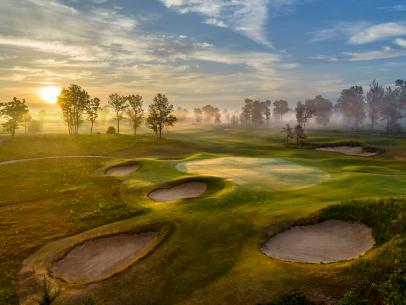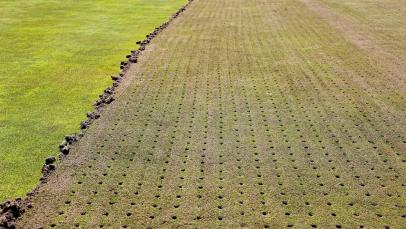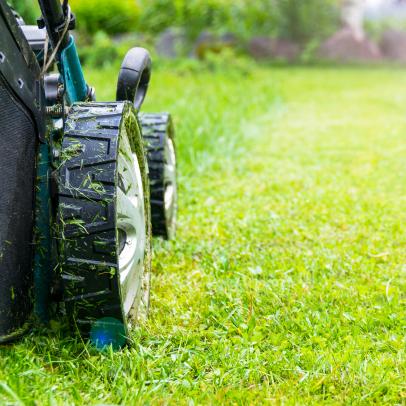Course maintenance
Why your superintendent is hoping for lots of snow this winter

I live in the Northeast, and if you’re anything like me, your ideal winter is one that is nonexistent. Grass showing all year, mild temperatures in the 40s and 50s, little precipitation and plenty of January rounds.
Your superintendent likely doesn’t see it the same way. I asked Paul Dotti, Director of Grounds at Arcola Country Club in Paramus, N.J., what his ideal weather during the winter looks like.
“Six inches of snow on December 27th, and it sticks around until about February 15th,” Dotti says. “That’s a perfect winter for me.”
Since 2009, Dotti has led the grounds crew at Arcola, which co-hosted the U.S. Amateur last year and ranks in the top 20 in New Jersey and has helped elevate Arcola’s stature in the state by maintaining some of the best course conditions in the Tri-state area. Though snow prevents golfers from sneaking in off-season rounds, he says it is one of the biggest keys to quality course conditions come the spring and summer. How could that be?
The primary benefit of having a base layer of snow throughout the winter is insulation. As long as there is no ice underneath the snow, it acts as a protective layer against ice and wind, which can damage the turf.
“The biggest thing superintendents worry about is ice damage,” Dotti says. “Another problem is desiccation (extreme dryness). If you have no snow and it’s windy, things can dry out really quickly, especially with cold winds.”
When ice covers the turf for an extended period, it can kill the grass. How quickly the damage occurs varies by grass type, but Dotti estimates that Poa annua will start to die in as little as 30 days of ice exposure, while bentgrass takes about 45 days. Snow not only protects against this ice damage, but it also keeps the soil warmer and protects against the cold winter winds, which can dry out the grass and cause damage.
“The grass looks so much better when it comes out in the springtime, just from being under cover,” Dotti says, adding that even as little as a couple inches of snow helps. “The biggest thing we fear is you get some snow or you get a little bit of rain, and then it gets that flash freeze. It’s when you get that melting and then the freeze at night, that’s where you start to lose grass."
Of course, you can’t rely on a snowy winter every year, so superintendents have a few strategies to protect the turf against ice damage. Some courses will cover their greens to artificially provide the insulation, though that makes it difficult for a course to open on short notice if you get a few warmer winter days.
If an ice layer does form underneath the snow, some supers will have their crew use snowblowers to clear all the snow off so that the ice is exposed to the sun. Some will put black sand on the greens, which soaks up the solar radiation and helps the ice to melt quicker.
At Arcola, Dotti aerifies the greens at the end of the season, right before the winter. “If there is any water that may sit on the greens, it will try to go down into the aeration holes that are there,” he says. “What you do in November is really what sets you up for the next year. Everybody does whatever they can in their control, and then after that it’s just hope for the best.”
• • •
Explore Golf Digest's recently relaunched Places to Play community, where you can add star ratings and reviews for all the courses you play. We've collected tens of thousands of reviews from our course-ranking panelists to deliver a premium experience, which includes experts' opinions, bonus course photography and videos, plus much more. Check it out here!





